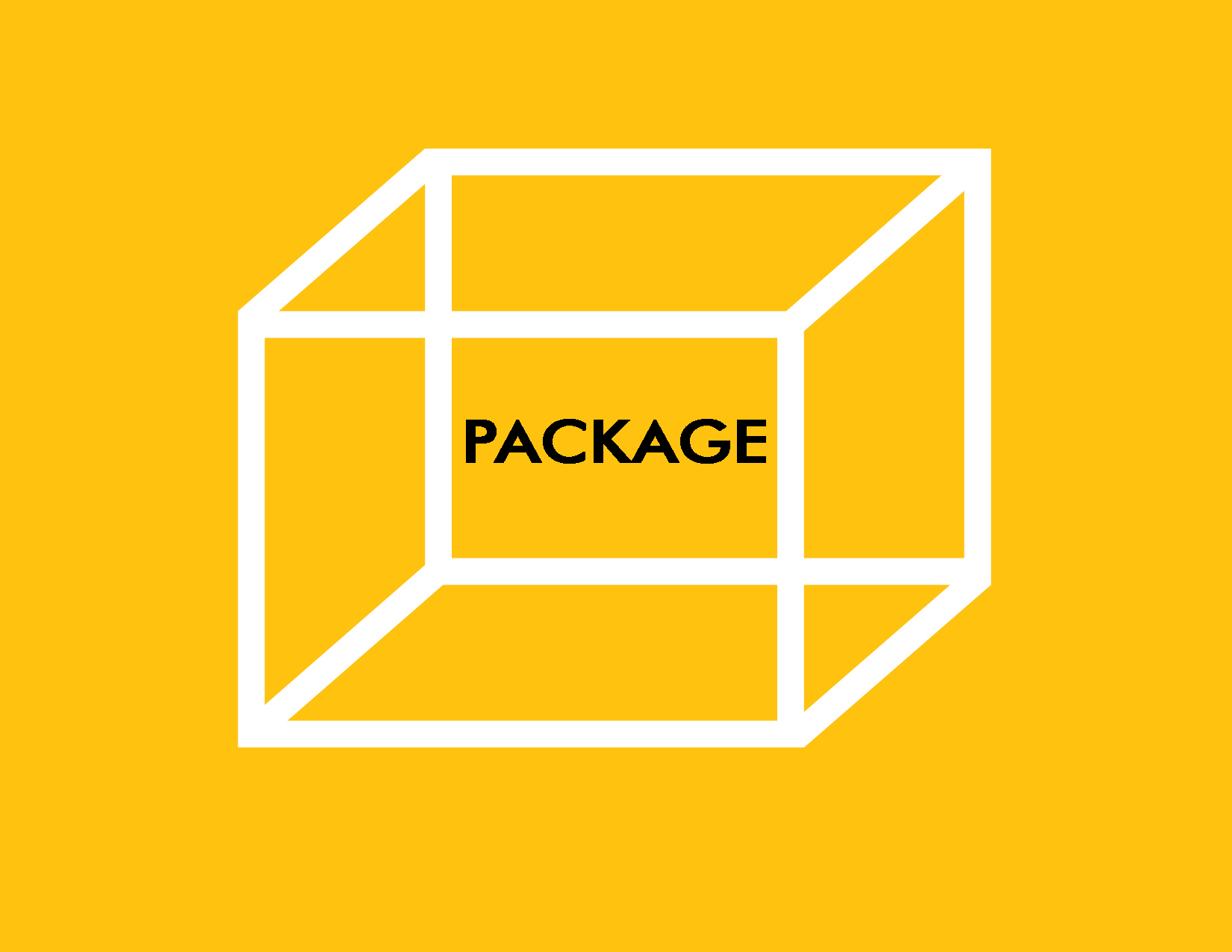
Welcome to the Package Design Awards
This category is for all retail and display packaging designed to increase sales or improve customer experience, including the graphics and copy on the outer package, the physical packaging, in-package materials, documentation, and out-of-box experience, as well as innovations in production, printing, and distribution. Any Package Design may be submitted, including designs previously submitted to Spark competitions. This category is for any professional designer, but not students, who have their own category. Here are some Package guidelines from the highly esteemed designer, Earl Gee, winner of multiple Spark Awards and two-time Spark Juror:
If the package has a unique structure, show how the package opens, how it displays the product, or how it can be re-used for another purpose. Show the user’s experience with opening and interacting with the package.
Universality
Many packages are terribly difficult to open. This is a problem for all users, but especially so for folks afflicted with poor dexterity, strength or painful afflictions like arthritis. Spark jurors look for clever design solutions that address these real and serious issues.
If the package uses greater resources or materials in manufacturing or assembly than what is usually required by a package to protect a product in shipping, show how the solution’s uniqueness, enhanced consumer experience, or increased value in use/reuse can justify the additional resources or materials.And Always Include the Essentials:
Project Objective
Project Results
Project Background
It’s helpful to the judging process for you to define and identify the sub-category(s) for your entry. Please see the examples below. Point this out clearly at the beginning of your submission descriptions.
Click here for Package Design examples and category sub-types
